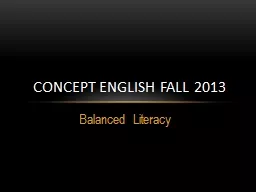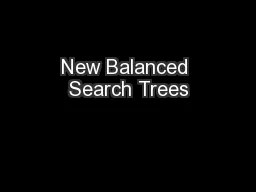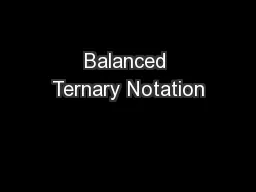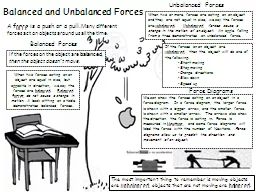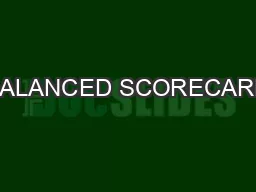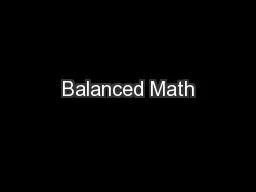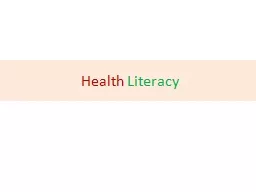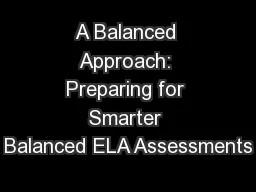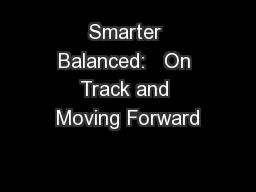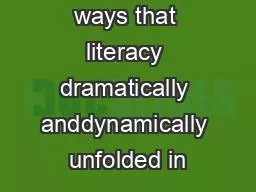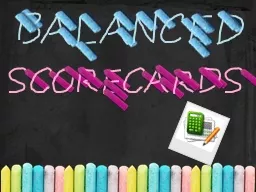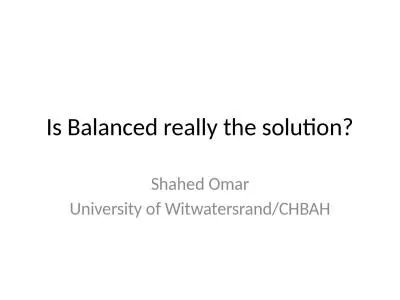PPT-Balanced Literacy Concept English Fall 2013
Author : luanne-stotts | Published Date : 2018-11-01
How I Look At our Work Objectives Distinguish between 1 meaning structure and visual cues used during reading and between 2 topdown and bottomup models of reading
Presentation Embed Code
Download Presentation
Download Presentation The PPT/PDF document "Balanced Literacy Concept English Fall ..." is the property of its rightful owner. Permission is granted to download and print the materials on this website for personal, non-commercial use only, and to display it on your personal computer provided you do not modify the materials and that you retain all copyright notices contained in the materials. By downloading content from our website, you accept the terms of this agreement.
Balanced Literacy Concept English Fall 2013: Transcript
Download Rules Of Document
"Balanced Literacy Concept English Fall 2013"The content belongs to its owner. You may download and print it for personal use, without modification, and keep all copyright notices. By downloading, you agree to these terms.
Related Documents

